In the wild spring, all kinds of wild mushrooms and plants are bursting out of the ground. Are you eager to eat game? However, eating indiscriminately may cause poisoning and even life-threatening. Now, let’s take a look at the relevant knowledge:
What are poisonous mushrooms and poisonous plants?
There are many kinds of mushrooms and plants in nature. Today, we will give you a few examples to introduce you to them.
1.Poisonous mushrooms
Most of the wild mushrooms are poisonous Poison is only a small part.
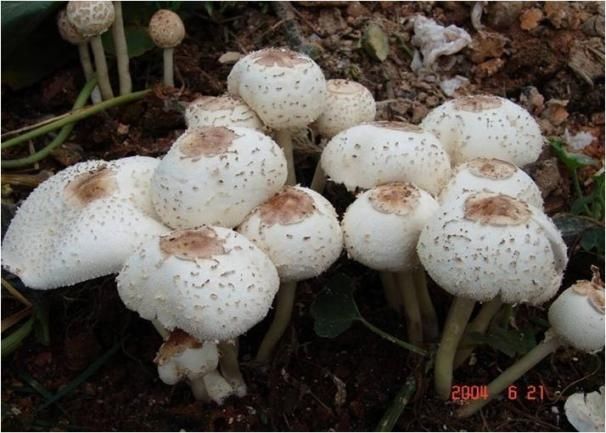
Daqing Pleated Umbrella
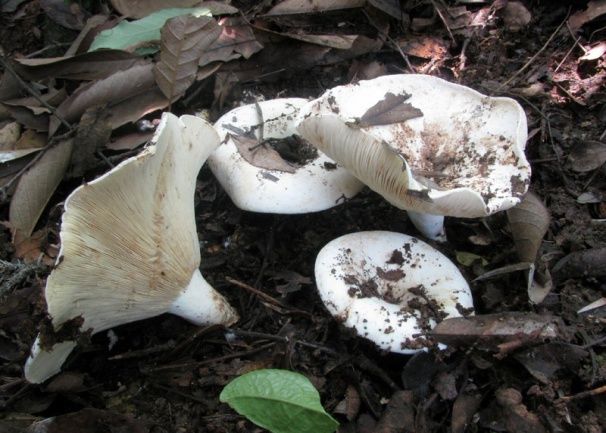
Japanese red mushroom
Highly toxic varieties, such as wild mushrooms containing liver and kidney damage toxins, have a longer incubation period , in the course of treatment there is a false recovery period, and even cause death.
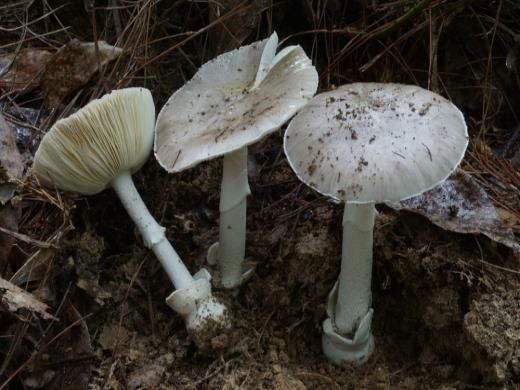
Approximate species of Amanita simulans
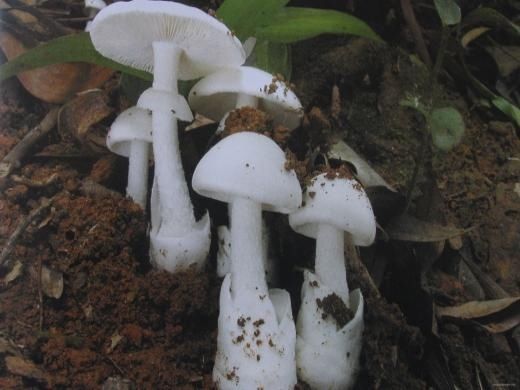
Amanita

Amanita
2.Poisonous Plant
Recently, gourds, gourds, bamboo shoots and other cucurbit fruits have been listed one after another, which greatly enriched our dining table. However, during the growth process of such melons and fruits, if they encounter rotten vines and other conditions, they will mutate into poisonous varieties with a bitter taste. Therefore, when you eat these kinds of melons and fruits, if you taste bitterness, you must spit them out immediately, and don’t eat them again!
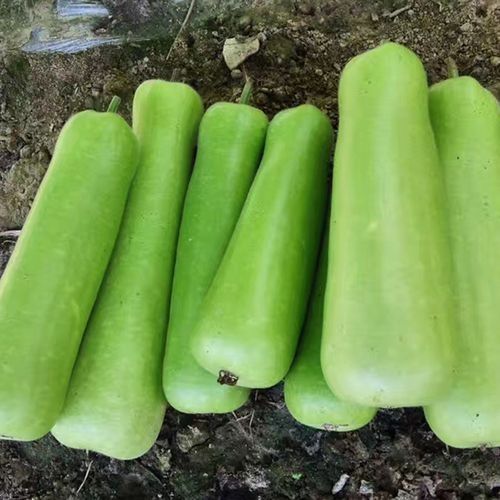
Gourd
In addition, as the temperature rises, The wild vegetables on the roadside, in the park, and in the green belt of the community are all growing vigorously. When you see it, can’t you help but want to bring some home? But do you think these “natural” wild vegetables are safe? For example, wild celery, if you are not careful, you may pick up poisonous varieties! After eating by mistake, it may cause vomiting and diarrhea, and in severe cases, life will not be guaranteed. Therefore, do not pick wild vegetables on the roadside!

poison celery
Since eating wild plants There is a risk of poisoning, so why would anyone still eat it?
According to our monitoring in recent years, most of the people who eat have the following psychology:
1. Experience-based
“I have eaten this, no problem” “Whoever has eaten it yesterday, he is still fine” “Look above There are also imprints that the little bugs have eaten, this can be eaten”… Have you also had these thoughts? However, many wild mushrooms and wild vegetables have the same appearance as the poisonous and non-toxic varieties. It may be just a slight difference in whether there is fluff and which direction the folds grow, and the toxicity is very different.
2.Curiosity
“I haven’t seen this before, try it out You can’t eat it”, “Just take a bite and you should be fine”… Have you ever had this kind of thought when you saw a plant you didn’t recognize? But just one bite can happen. This year, a villager in Xiangyang City, after digging up the rhizome of an unknown plant, just took a bite out of curiosity and sent himself to the ICU.
3.Can’t tell the difference between wild and domestic
“This is my home It was dug in the ground, not wild” “I picked it at home, of course it was domesticated”… Do you also think that as long as it grows at home or in your own field, it is not wild? This kind of thinking is wrong, only artificially planted can be considered domestic. Natural growth, whether it grows in forests, parks, fields, or homes, is wild.
Tips:
What to do if poisoned?
If you experience physical discomfort after eating wild mushrooms and plants, no matter the size of the symptoms, please go to the hospital for treatment immediately. Especially poisonous mushroom poisoning, some you think it is just vomiting and diarrhea, but in fact may have caused damage to the liver and kidney.
If there is any leftover food, please keep a sample so that the species can be identified in the follow-up investigation, which may save lives. The mushrooms should be kept intact as much as possible, and the leaves and rhizomes of the plants should be kept as much as possible, so that investigators can identify what is poisoning. Especially for poisonous mushrooms, being able to figure out what poisoning is, can sometimes save your life!
(Source: Hubei CDC)
[Editor: Zhang Jing]
[Source: Hubei CDC]